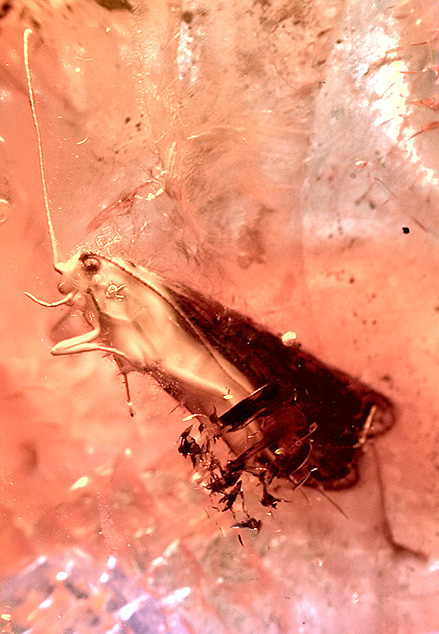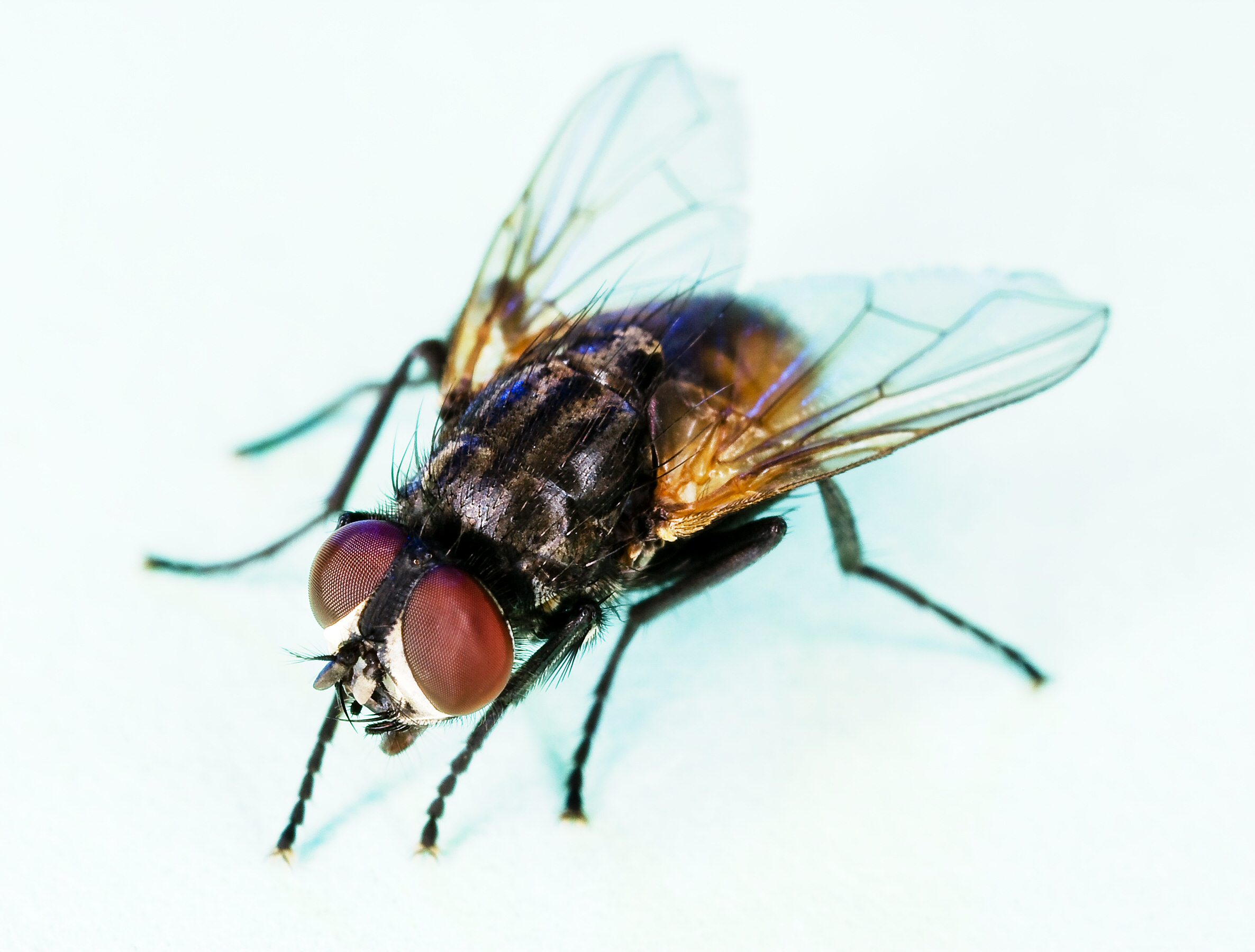|
Calamoceratidae
Calamoceratidae is a family of caddisflies in the order Trichoptera. There are about 9 genera and at least 120 described species in the family Calamoceratidae. ITIS Taxonomic Taxonomy is the practice and science of categorization or classification. A taxonomy (or taxonomical classification) is a scheme of classification, especially a hierarchical classification, in which things are organized into groups or types. A ... note: *Type genus: Calamoceras F Brauer, 1865. Genera * '' Anisocentropus'' McLachlan, 1863 * '' Ascalaphomerus'' Walker, 1852 * '' Banyallarga'' Navas, 1916 * '' Calamoceras'' Brauer, 1865 * '' Ganonema'' McLachlan, 1866 * '' Georgium'' Fischer, 1964 * '' Heteroplectron'' McLachlan, 1871 * '' Phylloicus'' Mueller, 1880 * '' Silvatares'' Navás, 1931 References Further reading * * * * * * * * Trichoptera families Integripalpia {{trichoptera-stub ... [...More Info...] [...Related Items...] OR: [Wikipedia] [Google] [Baidu] |
Caddisfly
The caddisflies, or order Trichoptera, are a group of insects with aquatic larvae and terrestrial adults. There are approximately 14,500 described species, most of which can be divided into the suborders Integripalpia and Annulipalpia on the basis of the adult mouthparts. Integripalpian larvae construct a portable casing to protect themselves as they move around looking for food, while Annulipalpian larvae make themselves a fixed retreat in which they remain, waiting for food to come to them. The affinities of the small third suborder Spicipalpia are unclear, and molecular analysis suggests it may not be monophyletic. Also called sedge-flies or rail-flies, the adults are small moth-like insects with two pairs of hairy membranous wings. They are closely related to the Lepidoptera (moths and butterflies) which have scales on their wings; the two orders together form the superorder Amphiesmenoptera. The aquatic larvae are found in a wide variety of habitats such as streams, riv ... [...More Info...] [...Related Items...] OR: [Wikipedia] [Google] [Baidu] |
Anisocentropus
''Anisocentropus'' is a genus of caddisflies in the family Calamoceratidae. There are more than 60 described species in ''Anisocentropus''. Species These 62 species belong to the genus ''Anisocentropus'': * '' Anisocentropus annulicornis'' (Hagen, 1858) * '' Anisocentropus apis'' Malicky, 1998 * '' Anisocentropus bacchus'' Malicky & Chantaramongkol, 1994 * '' Anisocentropus banghaasi'' Ulmer, 1909 * '' Anisocentropus bellus'' Banks, 1931 * '' Anisocentropus bicoloratus'' (Martynov, 1914) * '' Anisocentropus brevipennis'' (Ulmer, 1906) * '' Anisocentropus brunneus'' Jacquemart, 1967 * '' Anisocentropus cameloides'' Malicky, 1995 * '' Anisocentropus corvinus'' Neboiss, 1980 * '' Anisocentropus cretosus'' McLachlan, 1875 * '' Anisocentropus croesus'' McLachlan, 1875 * '' Anisocentropus diana'' Malicky & Chantaramongkol, 1994 * '' Anisocentropus dilucidus'' McLachlan, 1863 * '' Anisocentropus eungellus'' Neboiss, 1980 * ''Anisocentropus fijianus ''Anisocentropus'' is a genus of cad ... [...More Info...] [...Related Items...] OR: [Wikipedia] [Google] [Baidu] |
Georgium (caddisfly)
''Georgium'' is a genus of caddisflies in the family Calamoceratidae. There are at least two described species in ''Georgium''. Species These two species belong to the genus ''Georgium'': * ''Georgium japonicum The Georgium is a princely palace in Dessau, Germany. It was built for Johann Georg von Anhalt-Dessau, younger brother of Leopold III, Duke of Anhalt-Dessau Leopold III Frederick Franz, Duke of Anhalt-Dessau (10 August 1740 – 9 August 1817) ...'' (Ulmer, 1905) * † '' Rhabdoceras fusculum'' (Ulmer, 1912) References Further reading * * * Integripalpia Trichoptera genera {{trichoptera-stub ... [...More Info...] [...Related Items...] OR: [Wikipedia] [Google] [Baidu] |
Heteroplectron
''Heteroplectron'' is a genus of caddisflies in the family Calamoceratidae. There are at least three described species in ''Heteroplectron''. Species These three species belong to the genus ''Heteroplectron'': * ''Heteroplectron americanum'' (Walker, 1852) * ''Heteroplectron californicum'' McLachlan, 1871 * ''Heteroplectron yamaguchii ''Heteroplectron'' is a genus of caddisflies in the family Calamoceratidae. There are at least three described species in ''Heteroplectron''. Species These three species belong to the genus ''Heteroplectron'': * ''Heteroplectron americanum ''H ...'' Tsuda, 1942 References Further reading * * * Trichoptera genera Articles created by Qbugbot Integripalpia {{trichoptera-stub ... [...More Info...] [...Related Items...] OR: [Wikipedia] [Google] [Baidu] |
Phylloicus
''Phylloicus'' is a genus of caddisflies in the family Calamoceratidae. There are more than 40 described species in ''Phylloicus''. Species These 43 species belong to the genus ''Phylloicus'': * '' Phylloicus abdominalis'' (Ulmer, 1905) * '' Phylloicus aculeatus'' (Blanchard, 1851) * '' Phylloicus aeneus'' (Hagen, 1861) * '' Phylloicus amazonas'' Prather * '' Phylloicus angustior'' Ulmer, 1905 * '' Phylloicus brevior'' Banks, 1915 * '' Phylloicus bromelianum'' Mueller, 1880 * '' Phylloicus camargoi'' Quinteiro, Calor & Froehlich, 2011 * '' Phylloicus centralis'' (Navas, 1924) * '' Phylloicus chalybeus'' (Hagen, 1861) * '' Phylloicus cordatus'' Prather * '' Phylloicus crenatus'' (Navas, 1916) * '' Phylloicus cubanus'' Banks, 1924 * '' Phylloicus elegans'' Hogue & Denning in Denning, Resh & Hogue, 1983 * '' Phylloicus elektoros'' Prather * ''Phylloicus ephippium'' Prather * '' Phylloicus farri'' Flint, 1968 * '' Phylloicus fenestratus'' Flint, 1974 * '' Phylloicus gomezi'' Razo-Gonz ... [...More Info...] [...Related Items...] OR: [Wikipedia] [Google] [Baidu] |
Trichoptera Families
The caddisflies, or order Trichoptera, are a group of insects with aquatic larvae and terrestrial adults. There are approximately 14,500 described species, most of which can be divided into the suborders Integripalpia and Annulipalpia on the basis of the adult mouthparts. Integripalpian larvae construct a portable casing to protect themselves as they move around looking for food, while Annulipalpian larvae make themselves a fixed retreat in which they remain, waiting for food to come to them. The affinities of the small third suborder Spicipalpia are unclear, and molecular analysis suggests it may not be monophyletic. Also called sedge-flies or rail-flies, the adults are small moth-like insects with two pairs of hairy membranous wings. They are closely related to the Lepidoptera (moths and butterflies) which have scales on their wings; the two orders together form the superorder Amphiesmenoptera. The aquatic larvae are found in a wide variety of habitats such as streams, riv ... [...More Info...] [...Related Items...] OR: [Wikipedia] [Google] [Baidu] |
Taxonomy (biology)
In biology, taxonomy () is the scientific study of naming, defining ( circumscribing) and classifying groups of biological organisms based on shared characteristics. Organisms are grouped into taxa (singular: taxon) and these groups are given a taxonomic rank; groups of a given rank can be aggregated to form a more inclusive group of higher rank, thus creating a taxonomic hierarchy. The principal ranks in modern use are domain, kingdom, phylum (''division'' is sometimes used in botany in place of ''phylum''), class, order, family, genus, and species. The Swedish botanist Carl Linnaeus is regarded as the founder of the current system of taxonomy, as he developed a ranked system known as Linnaean taxonomy for categorizing organisms and binomial nomenclature for naming organisms. With advances in the theory, data and analytical technology of biological systematics, the Linnaean system has transformed into a system of modern biological classification intended to reflect the ... [...More Info...] [...Related Items...] OR: [Wikipedia] [Google] [Baidu] |
Ganonema
Ganonema is a genus of red algae, from the Liagoraceae family, characterised by its dichotomously branched, multiaxial thalli, with terete axes." It is closely related to '' Liagora'', but can be distinguished in two important respects. Its vegetative structure is distinct, as the basal cells of its cortical fascicles are isodiametric, whereas the cells of ''Liagora'' are elongate. Also, its reproductive development features "the occasional production of carpogonial branches in clusters and the production of spermatangia in dense heads." Species Species in this genus include: * '' Ganonema codii'' * '' Ganonema farinosum'' See also * Algae * Red algae * Algae eater Algae eater or algivore is a common name for any bottom-dwelling or filter-feeding aquatic animal species that specialize in feeding on algae and phytoplanktons. Algae eaters are important for the fishkeeping hobby and many are commonly kept by ... References {{Alga-stub Red algae genera Nemal ... [...More Info...] [...Related Items...] OR: [Wikipedia] [Google] [Baidu] |


